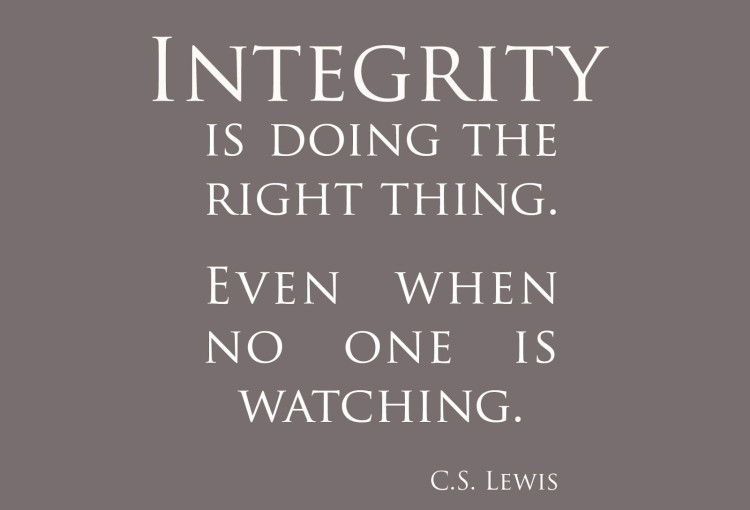62% of companies increased Revenues as a result of being Ethical
- Parthiban Vijayaraghavan

- Jul 14, 2023
- 3 min read

Where there is the truth, there is Dharma; where there is Dharma, there is light; and where there is light, there is happiness, where there is happiness, there is growth. Conversely, where there is falsehood, there is Adharma; where there is Adharma, there is darkness; and where there is darkness, there is sorrow, where there is sorrow, there is shrinking.
Corporate scandals continue to impact financial institutions and result in yearly losses of $40 billion dollars (Finn, 2015)
Whenever the case of fraud or unethical behavior surfaced, in almost all cases Leaders displayed poor decision-making skills which eventually led to poor Integrity. In today's context, many times Leaders face a situation where it looks Grey, there are less black and white situations, the shades are getting greyer and greyer in today's business context. Leaders often ignore Ethics and compliance while focusing on growing/scaling business. The most common ethical issues every organization faces is Conflict of interest which arises when there is a clash between a professional obligation and an employee’s personal interest. After employees experience a conflict of interest, they face ethical issues revolving around two options, but the employee can only select one to avoid making the wrong decision. Employees tend to struggle between their diverging interests, points of views, or allegiances because organizations pressing demands, pressure, and expectations.
On the other hand, Regulators are stepping up at an increasing pace to safeguard investors with a multitude of compliance requirements not just from securities exchange also from other bodies like accounting, legal, environmental etc. All these lead to an increase in the cost of compliance.
It is need of the hour to impart a culture of integrity in every organization, today every organization as part of the values, they clearly call out integrity, however, most times it just remains on paper and not translated into action. Integrity is a mindset and not a skill or process. One can put numerous training, processes however if the mindset is not changed then employees will merely comply. One cannot put too many controls and processes as the cost of compliance will shoot up and exceed the benefits.
What's the benefit of being ethical:
There was a study done by EY Fraud Investigation and Dispute services and identified a very impressionable finings. The results show that business that is seen as ethical by their employees are more likely to have experienced revenue growth.
Another benefit of having a culture of ethics and integrity is all the bad news will travel faster to the management. If the bad news travels faster, one can able to resolve it before it becomes catastrophic thereby improving the customer service, quality, and speed of execution.
How to transform employees mindset to be highly ethical: it starts from
Organizational trust and ethical climates.
An ethical climate has been defined as stable, psychologically meaningful perceptions members of organizations hold concerning ethical procedures and policies existing in their organizational subunits. Employee tendency to trust refers to an employee’s internal dispositions and his or her willingness to become vulnerable to the actions of other people within the same environment. Employees with a strong tendency to trust are more willing to take risks based on others because they generally tend to trust others more. It is imperative to have a psychological safety and ethical climate fostered in the organization. It starts with Leaders, being role model, being vulnerable to accept mistakes openly and showing GRIT to resolve the same, organizations have numerous issues and most issues are summed up to leadership, business model, structure or process which eventually leads to culture. Because of these issues, one should not engage in blame Games. Here are a few steps to improve the ethical culture in any organization.
Always share the Problems / Issues surfaced to all concerned employees without naming and shaming.
Reward and Recognize for Identifying the Problem and solving the problem
Communicate, Communicate, Communicate: Always communicate the importance of ethical behavior, its value, and benefits. Keep communicating, do not stop - there are attritions, new people come and join hence this is an iterative process.
These are very simple and easy steps, the challenge is to get to the lowest level of details and establishing the lead measures in each of the steps and executing flawlessly, that is why you need an expert. Always engage with right experts to accurately diagnose, design, develop and deploy the programs and achieve the change objective.
Source: Decreasing Unethical Behaviors in Financial Institutions by Jiari Ebony Anderson from Walden University



Comments